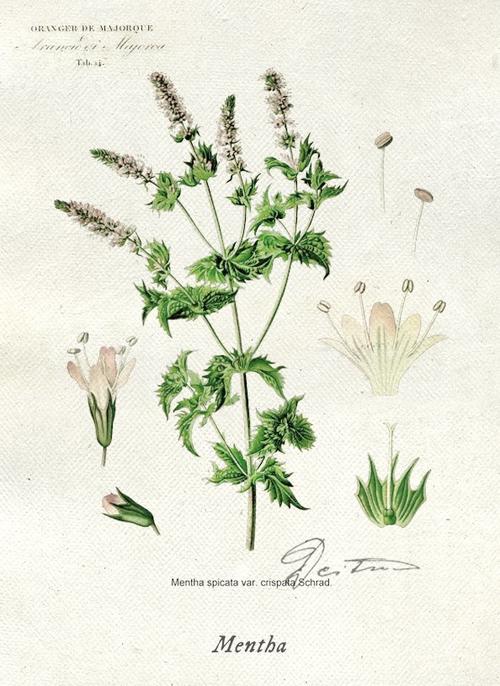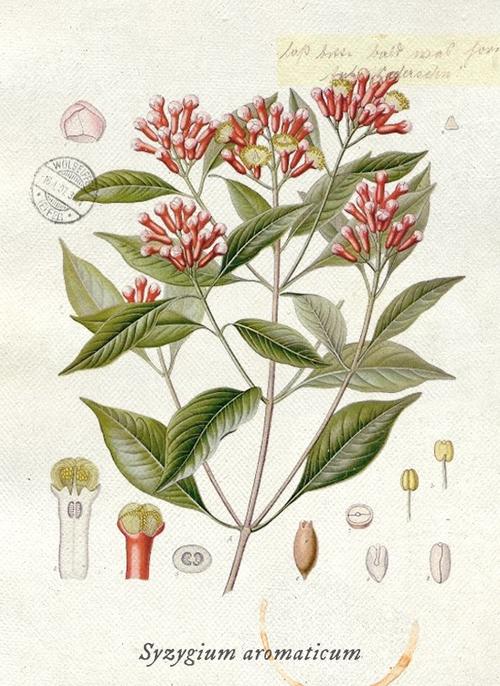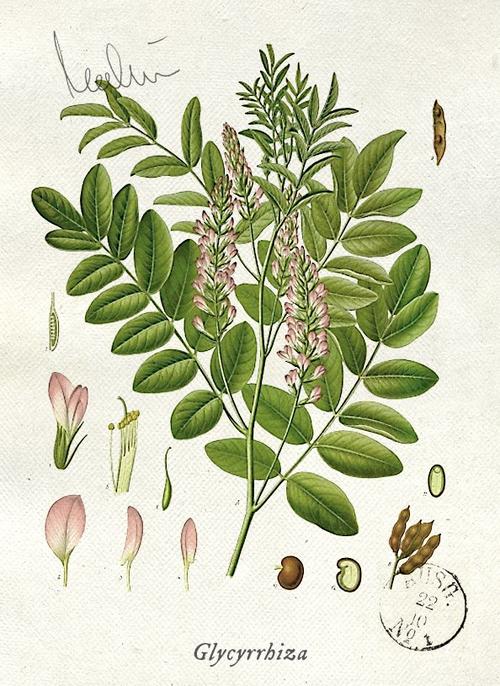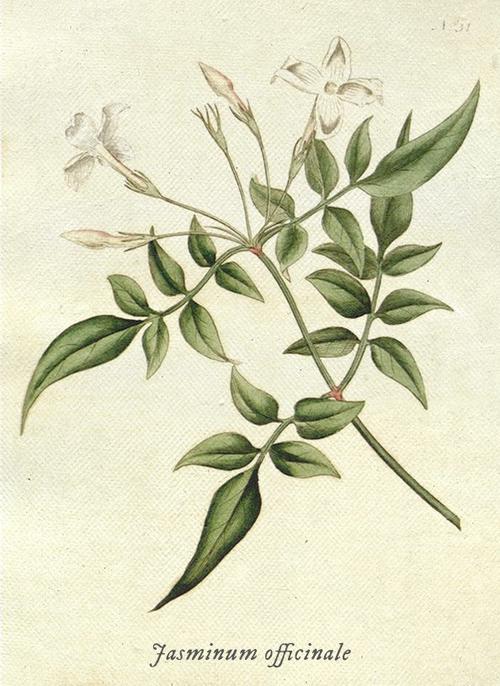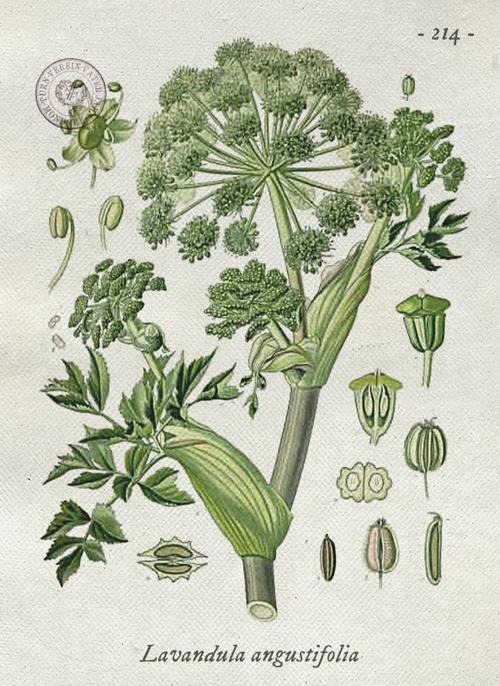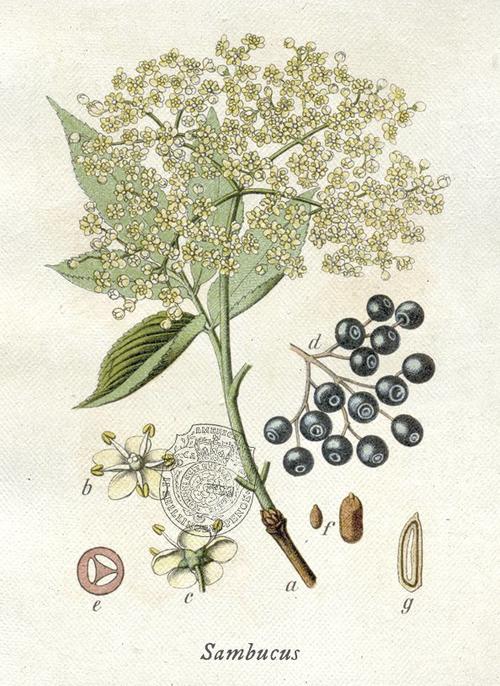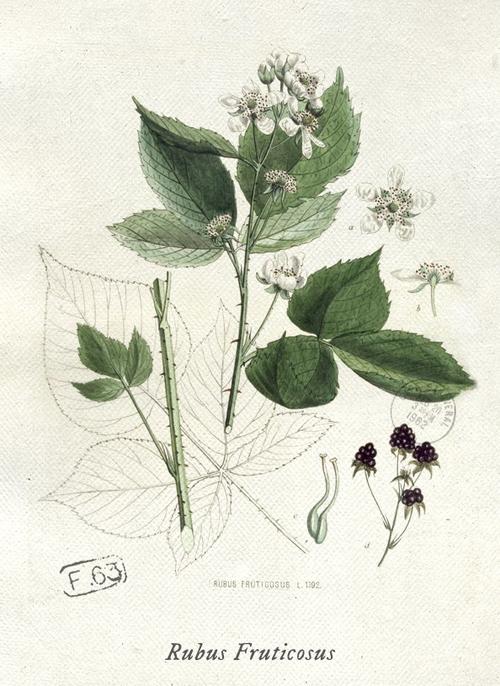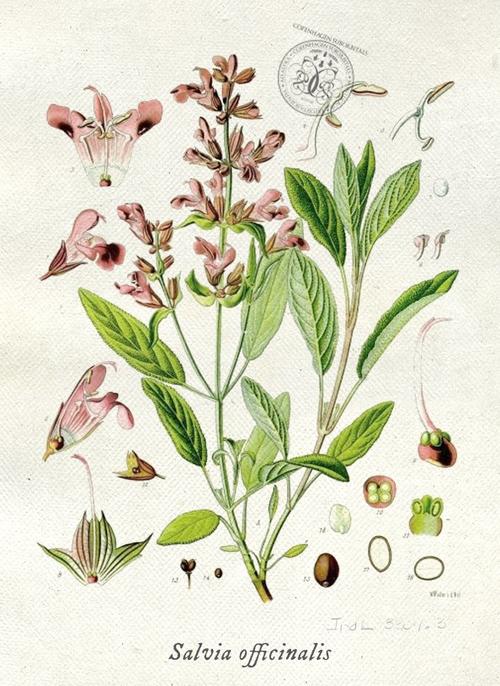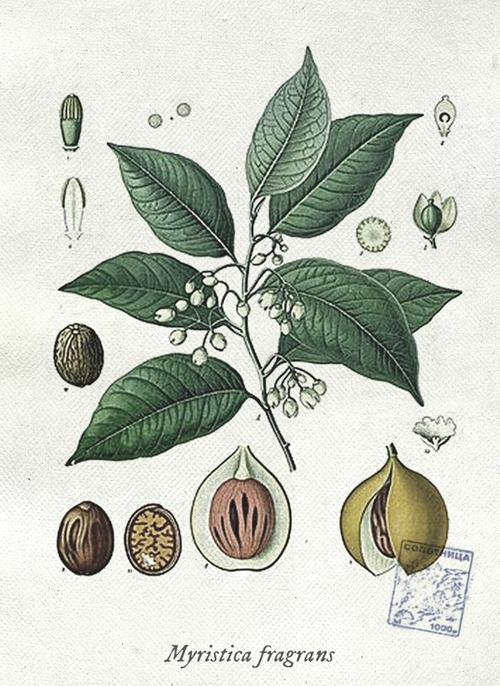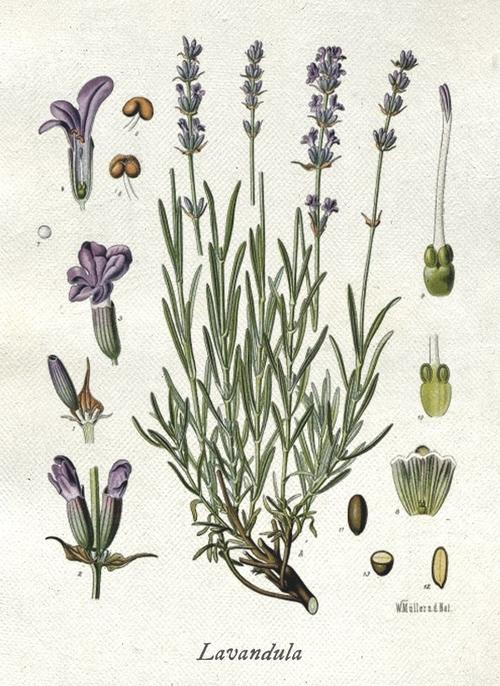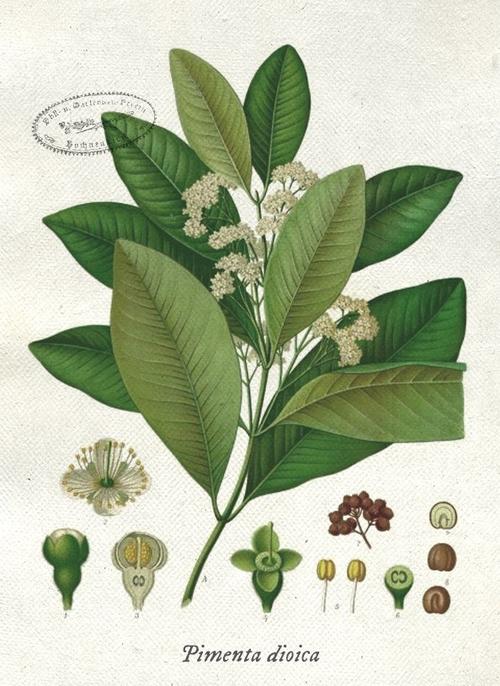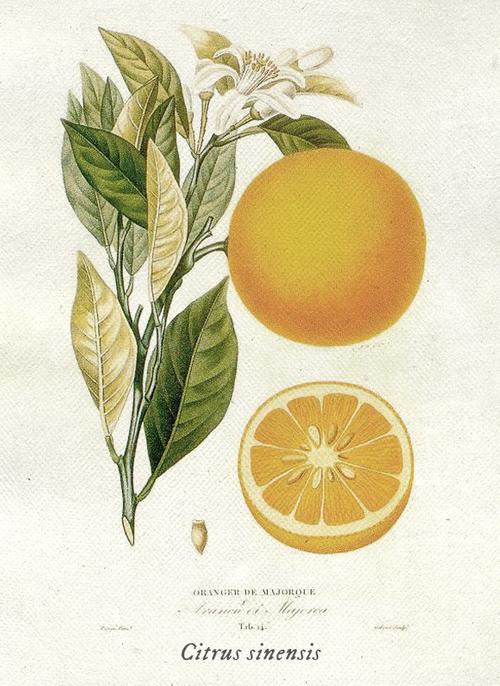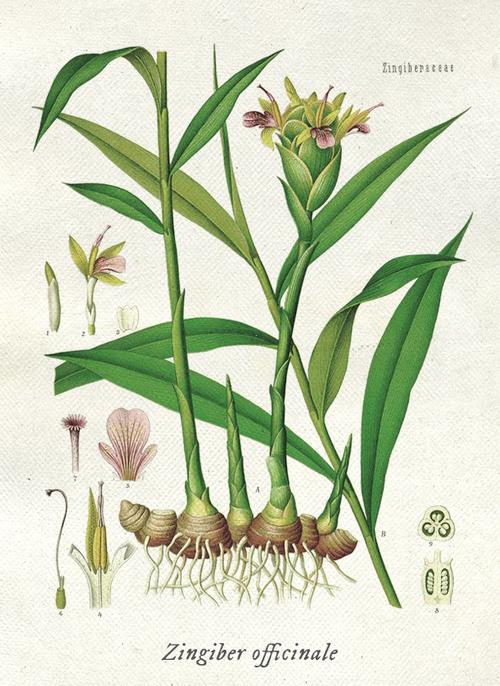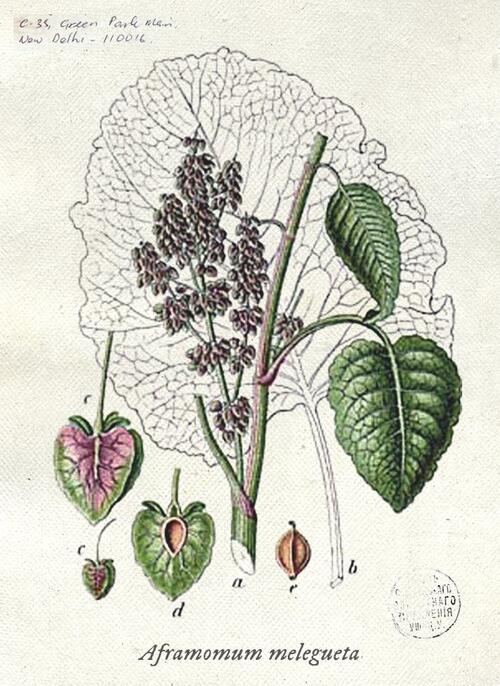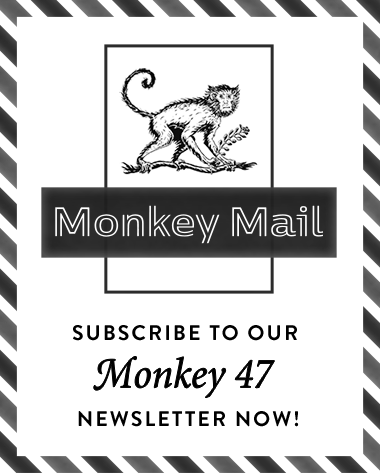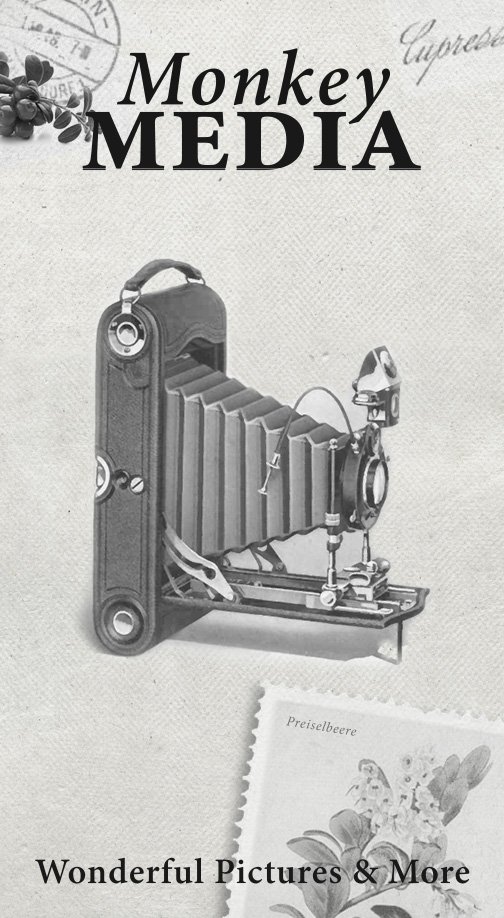English Hawthorn - Crataegus laevigata
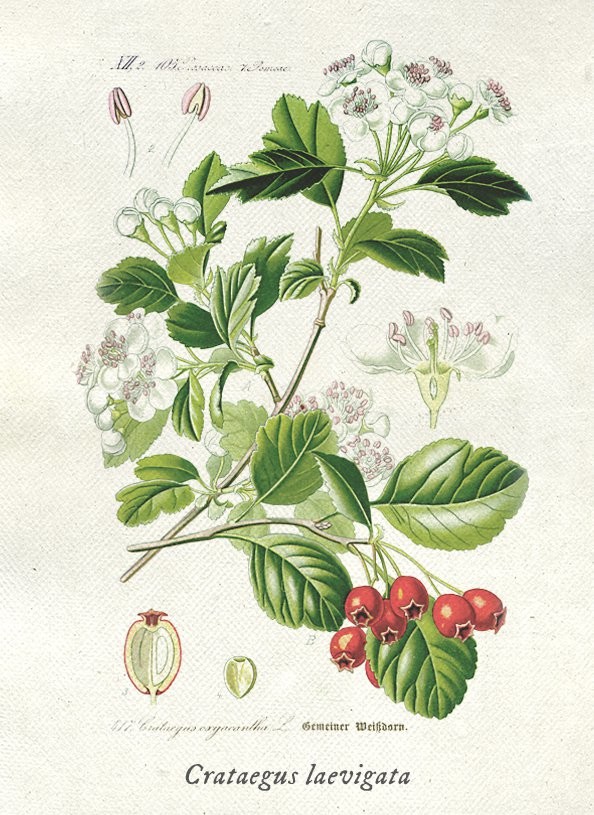
The thorny, deciduous bushes known as English hawthorns are a pomaceous fruit that prefers a temperate climate. At home among forests and chaparral, this member of the rose family is also found in our European regions, where it can grow up to several meters high and live as long as 500 years. Commonly known as mayflower, woodland hawthorn or midland hawthorn, the Crataegus produces tartly sweet (though mealy) pomes that can be eaten raw, but are particularly suited to jams and jellies. (In the past, in times of need, the fruits were mashed into a pulp that was dried and added to flour when baking bread, while the seeds were used as a coffee substitute.) After flowering in May and June, the fruits ripen in August and September and often remain hanging on the tree until the following spring. Though the plants were important in antiquity and in traditional Chinese medicine, their effects were first properly researched and applied in modern times, earning English hawthorn the title of “Plant of the Year” in 1990. Earlier eras also attributed mythical and ritual significance to the English hawthorn. Not only was it believed to drive away evil spirits, it was also thought that elves lived among its bushes and hedges, and placing gifts of fabric scraps or locks of hair into the plants would make them well-disposed toward their benefactors. A world that isn’t available to everyone, perhaps, but according to legend, Montgomery Collings – forefather of Monkey 47 – was occasionally observed murmuring into the hedge in front of his home (an English hawthorn, mind you) on warm evenings.



